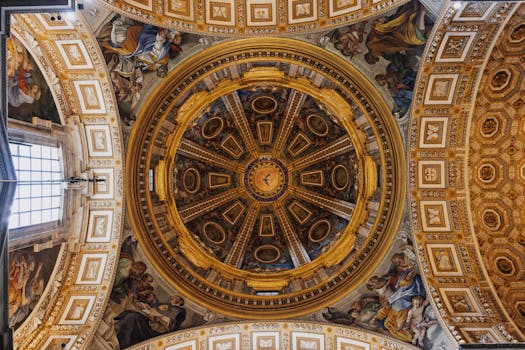
Traveling Through Time: How Europe’s Historical Heritage Shapes Modern Lifestyles in 2025
Traveling Through Time: How Europe’s Historical Heritage Shapes Modern Lifestyles in 2025. Europe, a continent steeped in history and tradition, has a profound impact on modern lifestyles. From the ornate architecture of Paris to the vibrant art scene of Berlin, Europe’s historical heritage continues to shape the way we live, work, and interact with one another in 2025.
Introduction to Europe’s Historical Heritage
Europe’s historical heritage is a rich tapestry of cultures, empires, and events that have shaped the continent over centuries. From the ancient Greeks and Romans to the Renaissance and modern era, each period has left an indelible mark on European society. This heritage is not just limited to grand monuments and landmarks but also encompasses the everyday traditions, customs, and values that have been passed down through generations.
How Historical Heritage Shapes Modern Lifestyles
So, how does this historical heritage shape modern lifestyles in Europe? One way is through architecture. Many European cities are filled with historic buildings, from medieval churches to Renaissance palaces, that continue to influence modern design and urban planning. For example, the picturesque canals of Amsterdam and the grand piazzas of Rome are not just tourist attractions but also living, breathing spaces that locals interact with on a daily basis.
Another way historical heritage shapes modern lifestyles is through art and culture. Europe is home to some of the world’s most renowned museums, galleries, and festivals, which showcase the continent’s rich cultural heritage. From the Uffizi Gallery in Florence to the Tate Modern in London, these institutions not only preserve the past but also inspire new generations of artists, musicians, and writers.
Modern Applications of Historical Heritage
In 2025, Europe’s historical heritage is being applied in innovative and creative ways. For instance, historic buildings are being repurposed as modern hubs for entrepreneurship and innovation. The old factories and warehouses of Berlin’s Kreuzberg district have been transformed into trendy startups and coworking spaces, while the medieval monasteries of Spain’s Catalonia region are now home to boutique hotels and wellness retreats.
Additionally, historical heritage is being used to promote sustainability and environmentalism. Many European cities are incorporating green spaces and eco-friendly designs into their historic centers, such as the High Line in New York City, which was inspired by the Promenade Plantée in Paris. This blend of old and new is not only aesthetically pleasing but also helps to reduce carbon footprints and promote more livable cities.
Conclusion
In conclusion, Traveling Through Time: How Europe’s Historical Heritage Shapes Modern Lifestyles in 2025 is a testament to the enduring power of Europe’s historical heritage. As we move forward in 2025, it is essential to recognize the significance of this heritage and how it continues to shape our modern lifestyles. By embracing and learning from the past, we can create a brighter, more sustainable future for generations to come.





